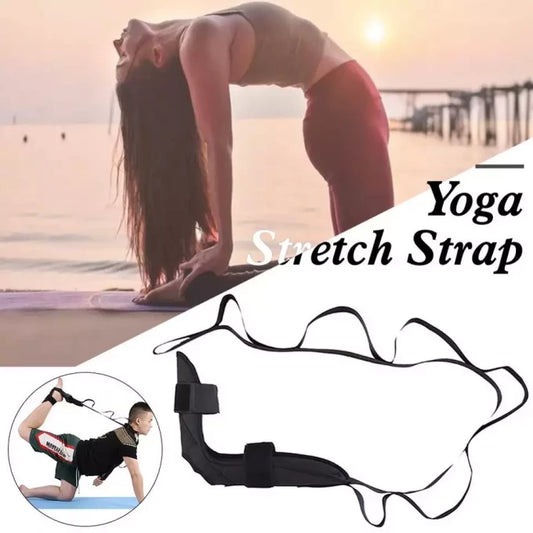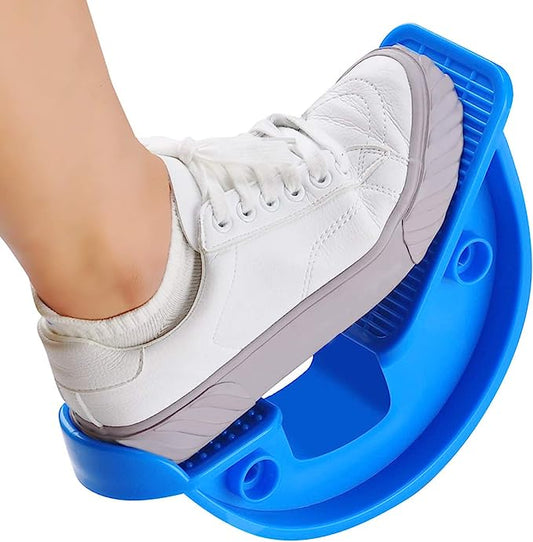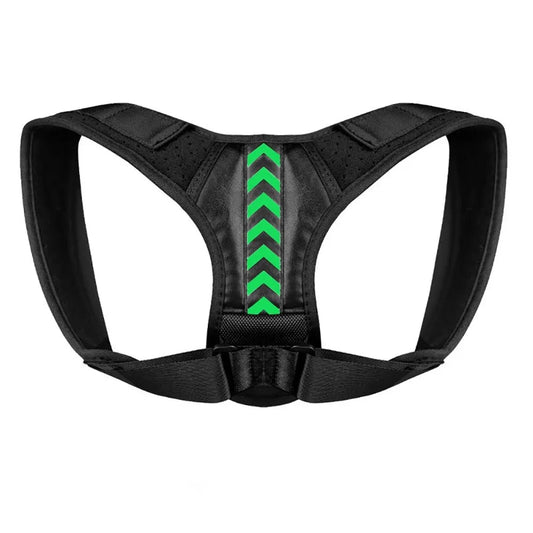In this post I am going to talk to you about the plank exercise and its variations that can be performed for core strengthening.
I will lay this out by talking about the basic variations first and then explain some of the more advanced variations for advanced users. Lets get started ...
By now most people know what the plank exercise is and how to perform it.
However, not many people know how to do it correctly or how to start out when looking to strengthen core muscle groups following a back injury.
In this post I will cover these and talk about some of the variations that can be performed and walk you through these based on the level of difficulty.
By approaching the plank in this way you can start from the beginning if you are just starting out or are currently in rehab.
First a little background…
What Is The Plank Exercise?
It's a strength training exercise which is all about maintaining a fixed position for an extended period of time. It is very common to find this exercise as part of the rehab phase.
The reason for this is that following a back injury, core muscle groups become somewhat deactivated or weakened due to minimum use.
The plank exercise is a great way to re-activate the core muscle groups using only your body weight.
One thing I want to mention before I continue is : when I was performing various plank exercises during my own rehab, the strength benefit was often felt right away, or at least the following day. This gave me the confidence to continue knowing the exercise and the resistance I felt was working. However, your mileage may vary on this.
There are several variations of the exercise, however at the most basic level is the front plank.

Many beginners initially fail at holding this position as it requires control from many body parts all working together at the same time. However with practice and commitment this becomes easier to perform and focus then turns to how many seconds or minutes you can hold the position when used as part of a core training program.
However, before we can get to there we need to start at the beginning...
Front Plank With Both Knees Bent

When first starting out or during the rehab phase this is the initial pose I feel we should start with before progressing on to the full front plank exercise.
Starting out with the front plank on both knees will provide you with additional support on the lower part of the body. It should feel manageable as most of the body weight is supported with the help of your knees. This thus takes the pressure of your shoulders and provides adequate stability to your core making this a very safe starting point.
1. Start with lying on the floor put your elbows under your shoulders.
2. Lift your body from the floor using your arms and knees.
3. Keep the body straight while tensing your stomach and gluteal muscles at the same time. (Focus on your form, this will help you when progressing on to the other plank exercises.)
As you can see, this exercise should provide enough stability to the lower back that should make it safe for you to try if you are feeling weak. If there is pain or discomfort then stop and speak to your medical professional.
Once you have mastered this, it this time to move onto the next plank level…
Front Plank With One Knee Bent
Again, similar to above, performing the plank with one knee bent is ideal if the full front plank causes you discomfort or are just starting out due to having a weak core. By having one knee on the floor provides you with some stability yet still works your core muscle groups without causing pain in the lower back.

Front Plank Full
Now we come on to the ultimate classic plank exercise. I believe this was the original exercise that caught on the craze regarding planking before variations were introduced to increase or decrease the applied resistance.
The front plank in full means you are on your hands and elbows with just your toes on the floor while you aim to hold this static pose, keeping your abs and glutes tight throughout.

How to perform the Front Plank Full
1. Lie face down on the floor resting on your forearms.
2. Push off the floor and raise up onto your toes while resting on your elbows & forearms.
3. When you can no longer hold this position, return back to the starting position.
Ok, I know what you're thinking - 'is that it?' - It may sound easy, however try it and then tell me what you think. Try and aim for at least 10 seconds initially if can and built up your hold time from there.
As I've said previously, planks are very effective for increasing muscle strength and endurance.
They are a classic abs exercise that will help you develop core strength and give you a leaner look by working all parts of your body.
If you can master the front plank exercise thus far then its time to walk you through some of the plank exercise variations to keep you progressing further with your core strength.
1. Front Plank With Legs Lifts

This plank variation is based upon the basic front plank. However the focus here is on lifting each leg and alternating while in the front plank position.
To do this :
1. Get into the front plank position.
2. Rest on your elbows and clench your stomach.
3. Now keeping your body straight, lift one of your legs up for 1 to 2 seconds and slowly return.
4. Now repeat this with your alternate leg.
When I first did this, boy I really felt my abs working and burning! I knew I was doing something right!
The first initial lifts are very difficult and you will find yourself shaking. I would therefore suggest that you only try lifting for 1 second initially. Once you have further developed your core only then increase the hold time.
2. Front Plank With Arm Extension

Now that you've seen the leg lift, you can do the same again but only this time do the front plank with arm lifts. You will find this puts more emphasis on balancing on one arm and your shoulder muscles.
To get started :
1. Get into the front plank position as before.
2. When stable, lift one arm out for 1 or 2 seconds and then go back to the starting position.
3. Do the same with your alternate arm.
Personally, i'm not sure which one is easier? Balancing on one leg or balancing on one arm, I find them both equally challenging.
3. Side Plank With Leg Lift

Now for the last but not least plank variation, the side plank with a funky leg lift. Yes, I know the side plank is hard enough on it's own without adding more resistance to it, but you wanna develop your core right?
To get started :
1. Get into the side plank position on your favourite side.
2. While keeping straight and stiff with your abs clenched, slowly raise your top most leg up into the air for 1 or 2 seconds.
3. Do as many lifts as you can and rest (you'll definitely need the rest after this one!).
4. Then do the same on your opposite side.
So there you have it, if you want to further develop your core strength try these plank variations to add additional resistance to your workout.
If you are just starting out and looking for a place to start then I suggesting trying the front plank on both knees and then one knee as you progress in your strength.
Finishing Off...
As you can see, the best thing about the plank exercise is that it can be performed literally anywhere.
You don’t need any special gym equipment nor do you need to join any health clubs. All you require is yourself, a flat surface and your own body weight, so you should have no excuses to get started.
I have also given you some tips on how to get started safely to help you avoid any back pain
What are the Health Benefits?
Well, for starters, as it strengthens your stomach and back muscles, known as your core muscles, this will help keep any lower back pain at bay and as a result will also improve your overall posture.
In addition to this, as the exercise focuses on holding a fixed position for an extended period of time, this in turn will also build up your endurance levels.
If you want more information on the muscle groups the plank exercise targets then I suggest you check out the following popular blog post Plank Exercise Benefits which will walk you through the health benefits from head to toe.
Bye for now...




